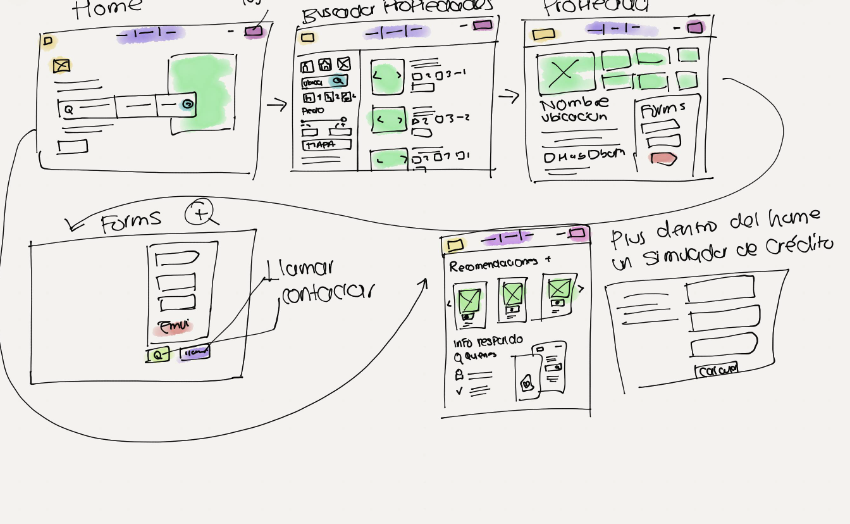Data-Collecting SaaS Product
Company: Breakroom Role: Senior Product Designer Period: 6 months
#Saas #B2B #Data-collecting #ATS
What we want to make…
A second product that the employers would want to pay us for.
How Breakroom works
Breakroom is a data-collecting job hunting site for front-end workers. It collects data from real front-end workers and analyse them to render findings and ratings about an employer.
The worker side of the product was pretty much finished and complete. It’s the employer side of the product that needed to be made, so trying to utilise the foundation that Breakrom had already built up to make an attractive product was the main focus.
Data we can utilise and potential desired actions
Before we could start brainstorming, we did the session to clear out what data that Breakroom collects, what could we utilised to make the employer side of product and what could be the potential actions that the employers would like to do with it.
With this information in mind, we could have a rough idea about what could actually be buildable and feasible, and what would need more building.
Brainstorming and ideating
Wireframes
Crazy 8
White boarding
To generate ideas and brainstorm together, we did a session of crazy 8 and a white boarding session. On the white boarding session, we also tried to map out the potential product map and the persona as well, so we can get into the user’s brain a bit more. It was also a nice way to find a common ground about what we are building and making.
Proposed product structure
After the ideating exercises, we came up with this proposed structure to frame the employer product. We did it with three main actions to make it more actionable and easier to understand what the product can actually do.
Potential product map
After we figured out the structure of the employer product, we needed to figure how the data we collected from the worker can be fed into the employer product.
Everything on the right side of the map didn’t exist before.
User research with the employers
After we figured out the structure, we managed to talk to a few of the employers that we were already working with to see how they imagine a good employer product would be. These meetings were aiming for asking some very general questions like:
What kinds of features would you find helpful to have for you?
Would like to respond to the employees’ reviews?
How do you go around to find informations about competitors?
Asking these questions helped us understand how the employers work more.
Generate tasks and asign it to designers
We wrote Trello cards based on the tasks that were generated from the whole process then start designing it individually. We still work together very closely and update/feedback each other daily about the process in order to give the final product a holistic feel.
I also documented how I did the Candidate Management product here, if you’d like to have the progress in detail.
MVP employer product
Employer dashboard
This dashboard aimed to give the employer a general idea about what they can do and what the product would be for the employer product.
Employer product
This is the map that shows the aimed employer product that we were building. Each of the sector has it’s own unique products belonged to them as well.
Final full employer product
This final product has different functions including ATS, data analytics, competitor analytics, engagement tool and so on…
The final product was well-received by the employers and it helped us signed up quite a few more big employers including Nando’s and Pret a Manger. Very happy about the outcome.
Further related products
Employer monthly email
This is the supporting marketing and sales product to drive more revenue from the companies. See the case study
Candidate Management System
This is the case study about the task that generated from this product design. See the case study






















